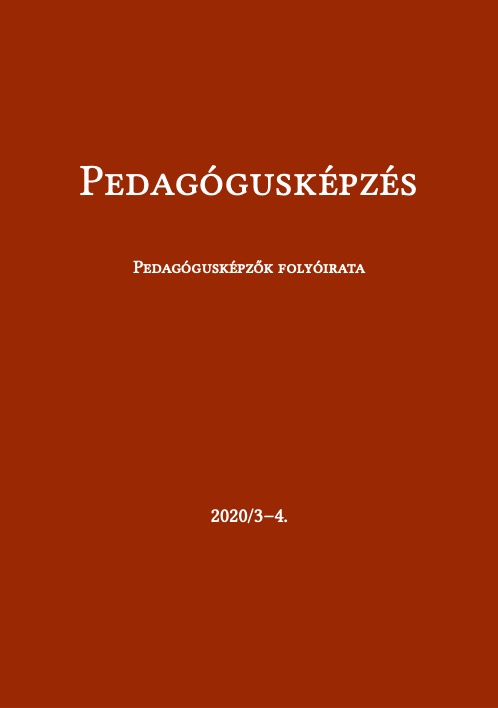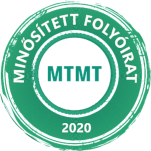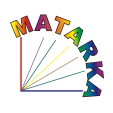Editorial Introduction
DOI:
https://doi.org/10.37205/TEL-hun.2020.3-4.06Keywords:
educational innovation, organisational culture, continuous professional developmentAbstract
Ágnes Fazekas published an article in the previous issue of the Teacher Education and Learning Journal (Volume 18, Issue 1-2), which addressed the question of whether or not educational innovation exists and can be measured in Hungary? The article introduced in detail the complex world of innovations and posited that institutions operating as learning organisations can address and manage the challenges arising from the development and diffusion of innovations. In this issue, Emese K. Nagy continues the discussion by presenting the Komplex Instrukciós Program (KIP) from an innovation theory perspective. The article illustrates the complexity of innovation as a complex adaptive system, highlighting the dynamics of adoption and diffusion. The study also presents the change in pedagogical culture and teacher attitudes as conditions for the success of an innovation, combining individual and organisational perspectives.
It is clear from these articles that initial teacher education and continuous professional development also play an important role in the development, adoption and diffusion of educational innovations. How can teacher education support the development and diffusion of educational innovations better? How can educational institutions be supported in the adoption, development and diffusion of innovations through in-service teacher education and other dimensions of continuous professional development? We look forward to readers' views and reflections on the articles and the questions raised!
Downloads
Published
How to Cite
Issue
Section
License








